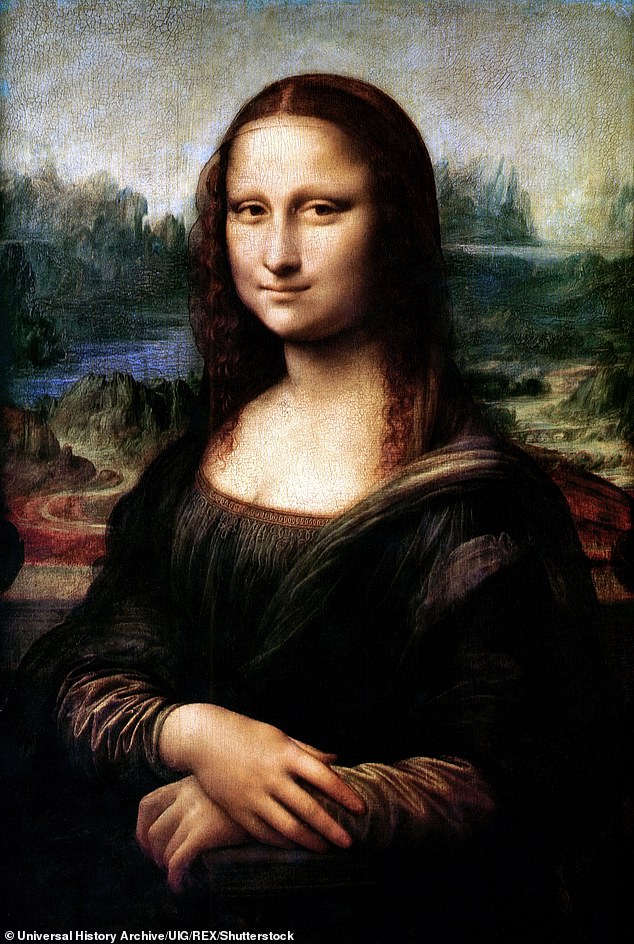The mystery of where the Mona Lisa was painted may have finally been solved after a geologist and art historian claims to have located the location of the world’s most famous painting.
In the 500 years since Leonardo Da Vinci painted the Mona Lisa, millions of people have discussed and debated the intrinsic details of his masterpiece. One of those debates has been about the background of the painting and whether the view was imaginary or painted in a specific location in Italy.
Finally, geologist and Renaissance art historian Ann Pizzorusso believes she might finally have an answer to end the debate.
Using her two fields of expertise, Ms Pizzorusso has analyzed the background of the painting and believes it could have been painted in the picturesque town of Lecco, located on the shores of Lake Como.
The art history expert believes that the Azzone Visconti bridge in Lecco, built in the 14th century, is the same as the one seen in the background. It is also an area of the Southwestern Alps that Da Vinci is known to have visited.
Leonardo Da Vinci’s Mona Lisa. The mystery of where the Mona Lisa was painted may have finally been solved after a geologist and art historian claim to have located the location of the world’s most famous painting.
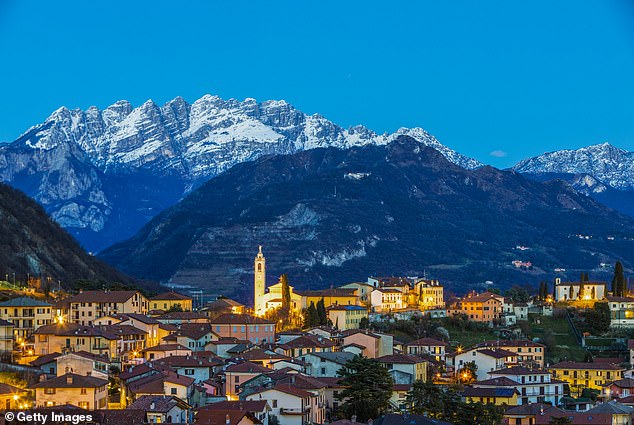
The city of Lecco in northern Italy. Ann Pizzorusso has analyzed the background of the painting and believes it could have been painted in the picturesque town of Lecco, located on the shores of Lake Como.
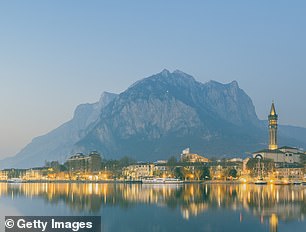
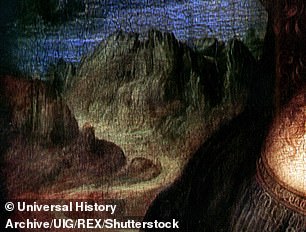
Pizzorusso is convinced she has found the location of Da Vinci’s masterpiece by comparing the mountains of Lecco (left) with those depicted on the Mona Lisa (right).
However, focusing on the bridge is not enough. Other historians have claimed in the past that the background is that of the small town of Bobbio or the province of Arezzo, which have similar bridges.
Pizzorusso is convinced she has found the right place by focusing on other aspects of the landscape. Speaking to The Observer, she said: “The arched bridge was ubiquitous throughout Italy and many looked very similar. It is impossible to identify an exact location from one bridge alone. Everyone talks about the bridge and no one talks about the geology.
‘Art historians said Leonardo always used his imagination, but you can give this image to any geologist in the world and they will say what I say about Lecco. Even a non-geologist can now see the similarities.’
As a geologist, Pizzorusso claims that the Lecco limestone mountains are strikingly similar to the grayish-white rocks depicted on the Mona Lisa.
To confirm her theory, she herself visited Lecco and followed in Da Vinci’s footsteps.
She said: “We know from his notebooks that he spent a lot of time exploring the Lecco area and the territory further north.”
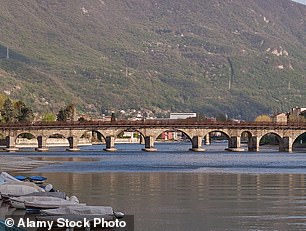
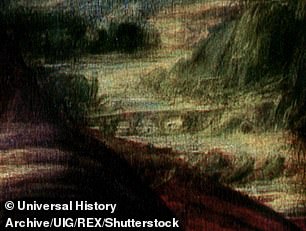
Retracing Da Vinci’s steps, Pizzorusso is convinced that the Azzone Visconti bridge (left) is the same one shown on the Mona Lisa (right).
Leonardo’s former consultant at the Louvre, Jacques Franck, said: “I do not doubt for a second that Pizzorusso is right in his theory, given his perfect knowledge of the geology of the Italian country and, more precisely, of the places where Leonardo traveled. . in his life, which could correspond to the mountainous landscape of the Mona Lisa.’
Pizzorusso previously investigated whether Da Vinci had painted both versions of the Virgin of the Rocks displayed separately at the Louvre in Paris and the National Gallery in London.
Before 2010, the National Gallery painting was widely believed to be the work of one of Da Vinci’s assistants. However, after the gallery was restored, Pizzorusso concluded that it was possible that Da Vinci painted the entire painting himself.
Ms Pizzorusso will present her evidence at a geology conference in Lecco this weekend.


